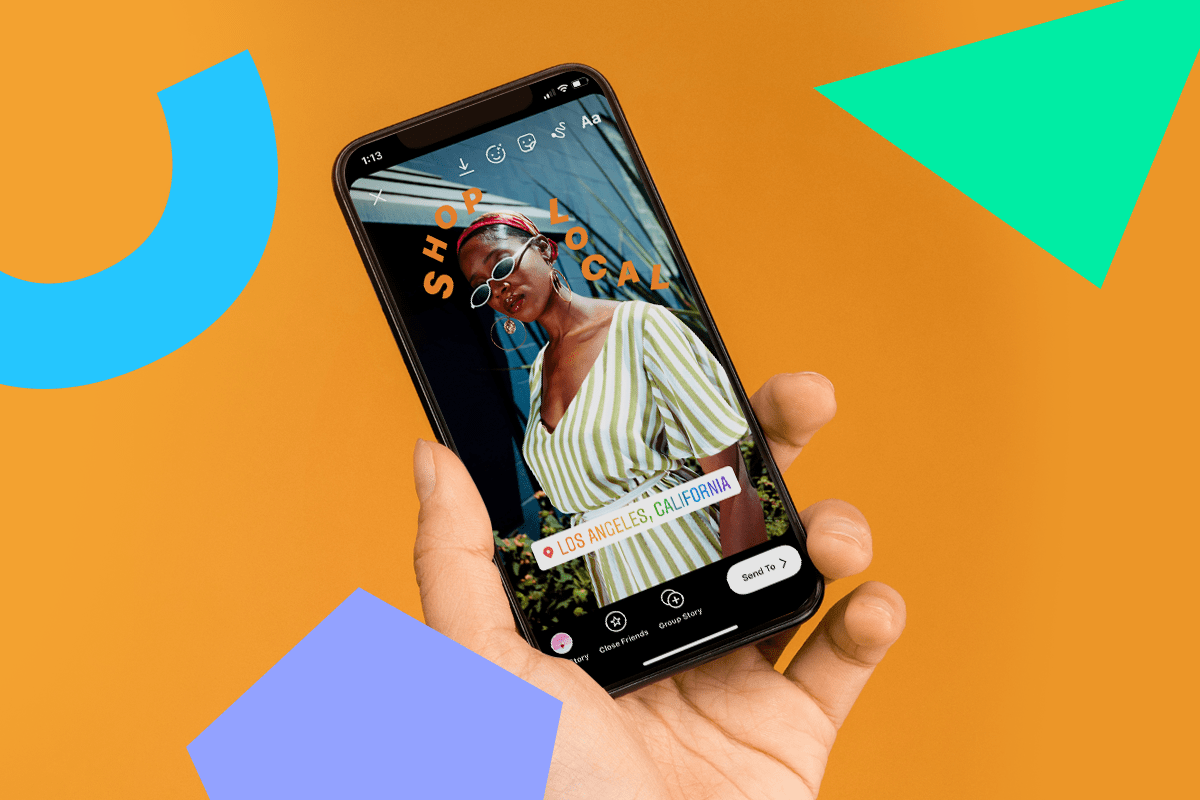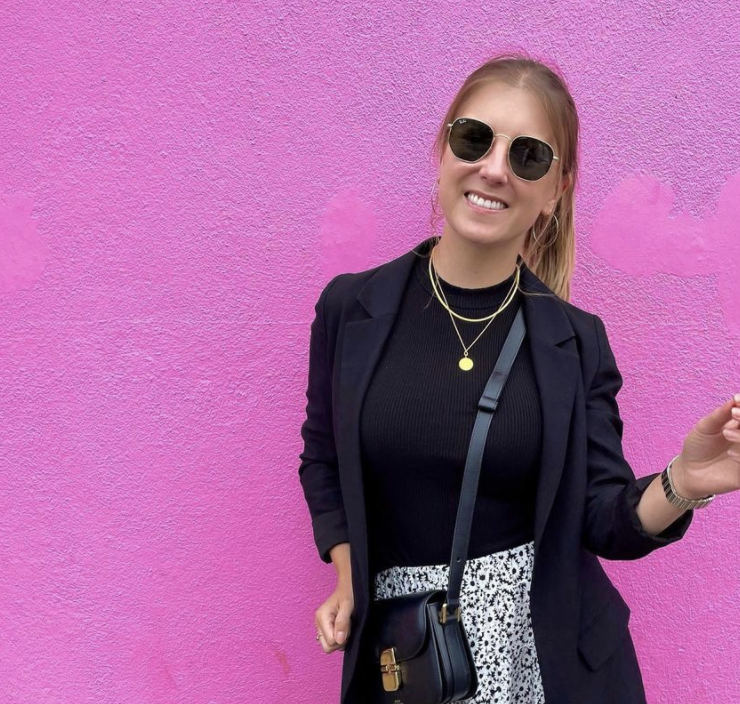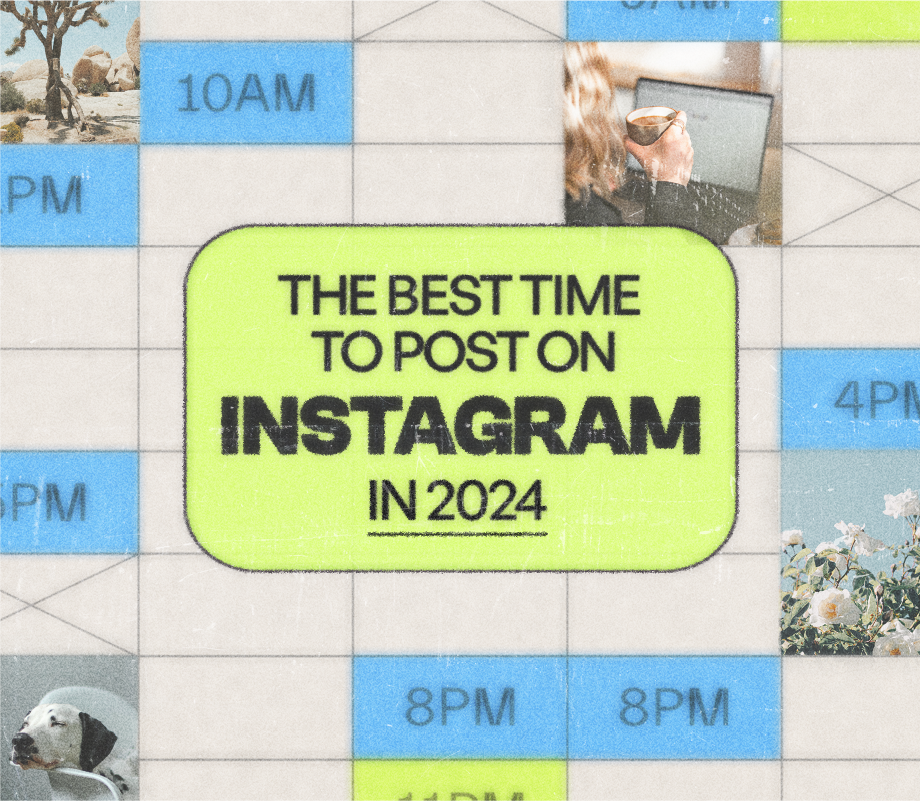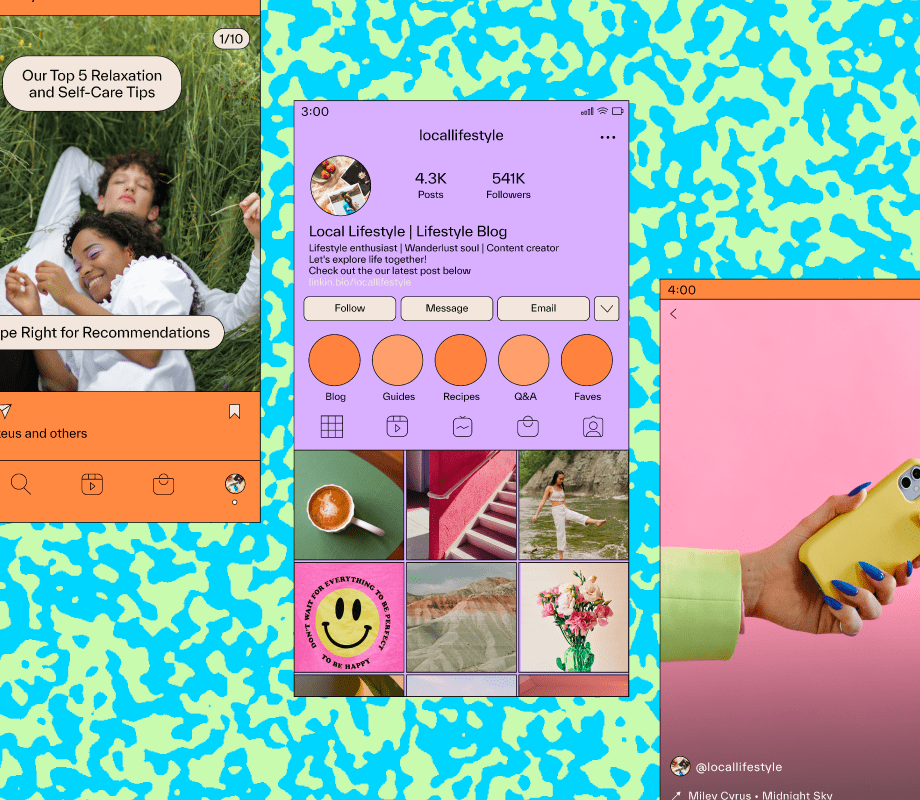Stories are a perfect example of how social media and the way we consume content is changing.
When Instagram first introduced Stories to the app in 2016, 150 million people used the feature.
Now, over 500 million people use stories every day — and every major social network has some form of stories-like feature in the works.
But what makes stories so successful and how will they evolve as behaviors shift on social media?
Stay tuned to discover our predictions for the future of stories in 2020 and beyond:
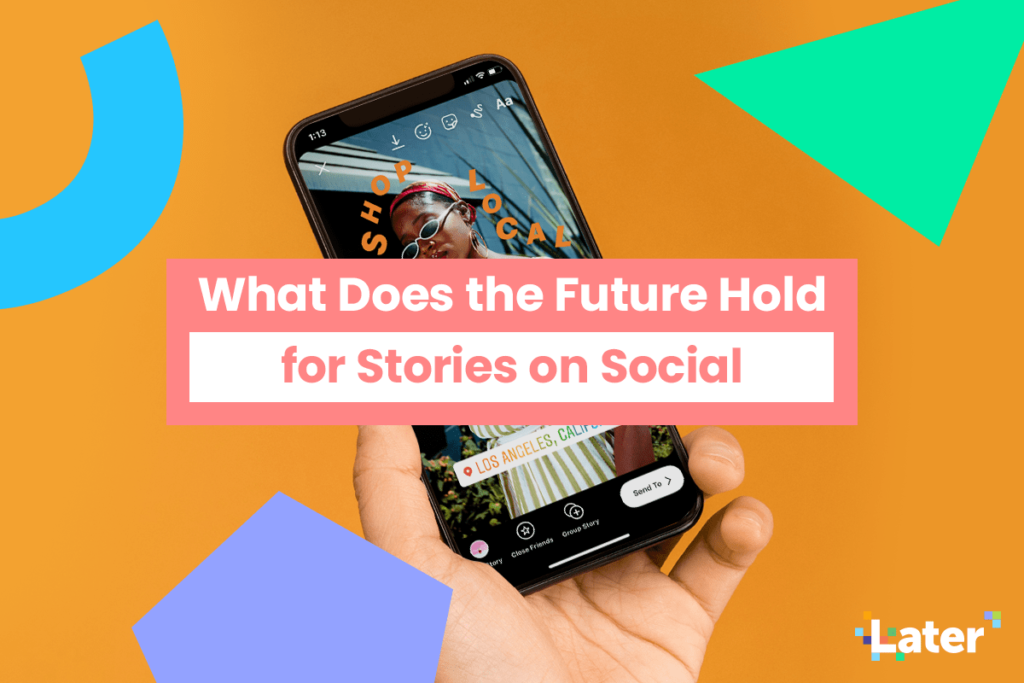
The Rise of Stories on Social
For most people, stories are now an integral part of the social media landscape: the easiest way to share and consume bitesize snippets of content on mobile.
But this wasn’t always the case. In fact, Snapchat only introduced stories in 2013 — and it’s unlikely that anyone could have predicted just how successful the 24-hour, mobile-friendly, ephemeral format would become.
When Instagram launched a near-identical stories format in 2016, it only took 12 months for the feature to reach its first 150 million users. By April 2017, Instagram Stories hit more daily active users than Snapchat had in total.
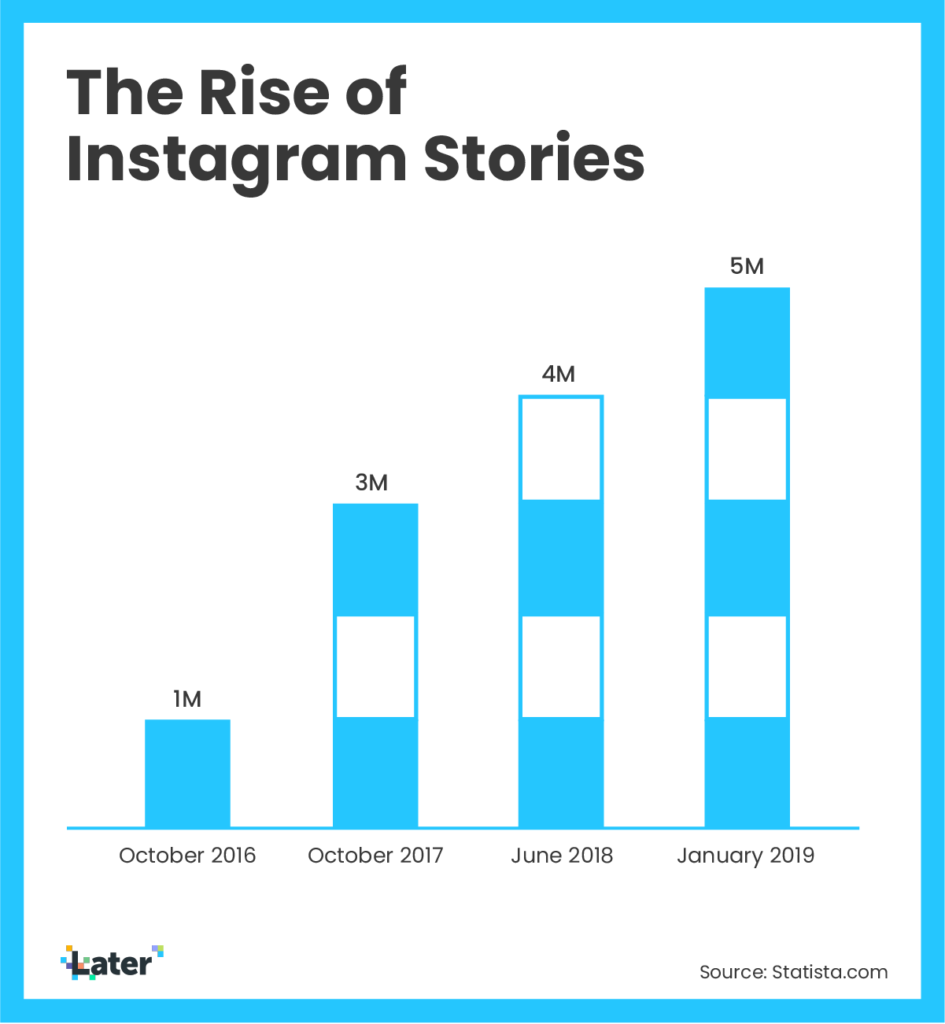
Fast forward to 2020, and over 500 million people use Instagram Stories every day. Plus, the functionality of Instagram Stories has evolved on an almost continual basis, with new engagement-centric features, AR filters, and e-commerce solutions all adding to its wide appeal.
Stories are now the new norm, offering a more casual and less permanent platform for people to share photos and videos on the fly, and aligning perfectly with an increased demand for authentic, unfiltered content on social media.
As a direct result of the shift towards stories, posting habits are also changing on Instagram. A study by Fohr and Later found that influencers shared 18% less feed posts from 2016 to 2019.
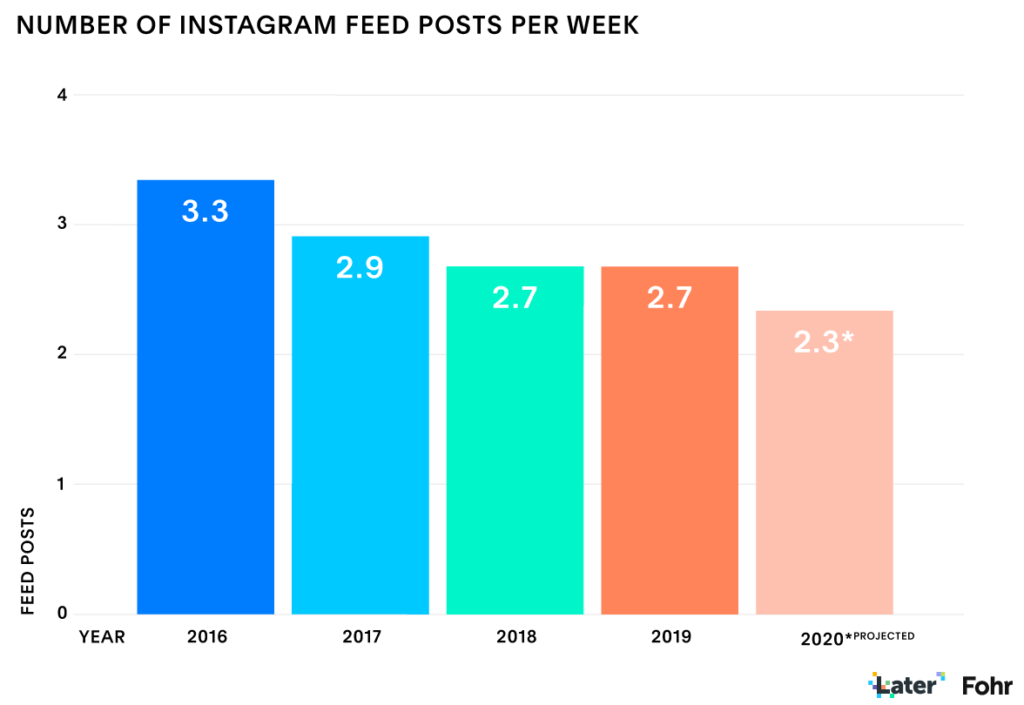
And given the huge success of Instagram Stories, it’s no surprise that other social media platforms have been keen to get in on the action.
Facebook Stories and Whatsapp Status both launched in 2017, likely expedited by their close affiliation to Instagram.
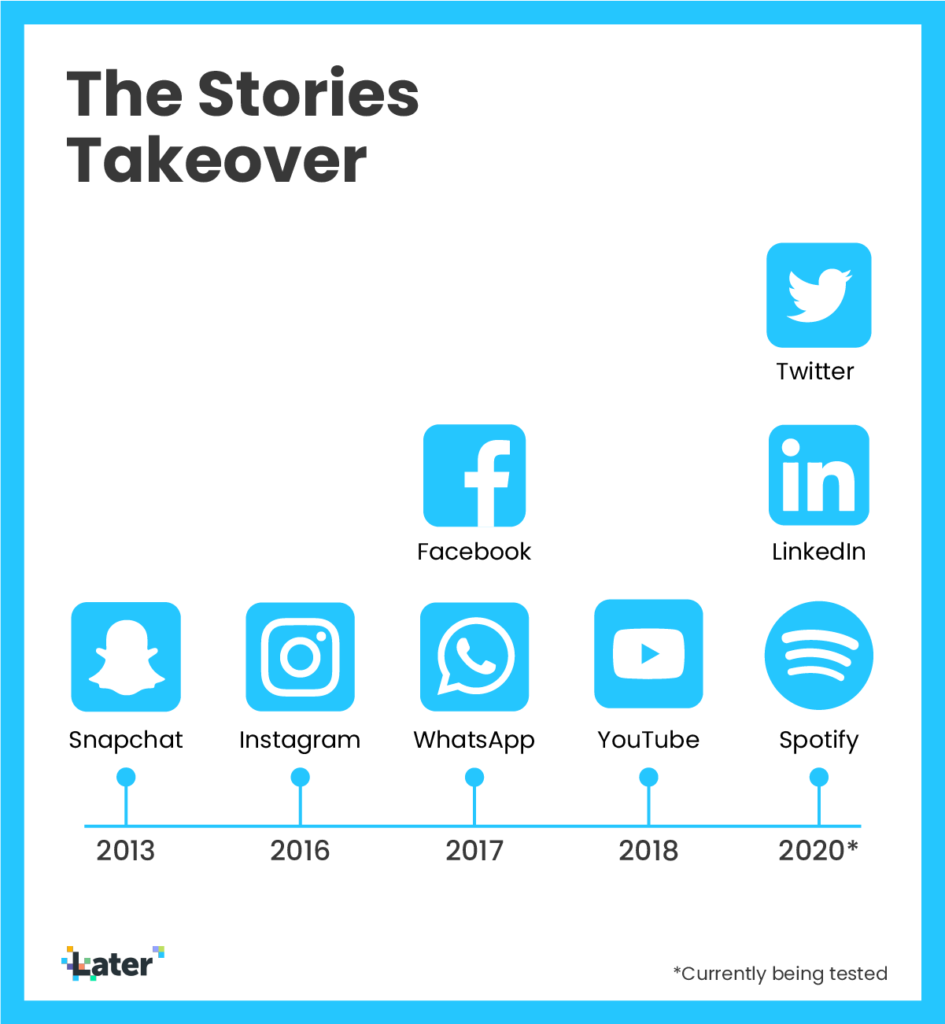
Meanwhile, YouTube Stories were introduced in 2018 for creators with over 10K subscribers, setting themselves apart with a 7-day lifespan rather than the usual 24-hour window.
Even LinkedIn has announced plans to launch LinkedIn Stories, bringing a professional twist to the 24-hour stories format we all know and love.
And it doesn’t stop there. Twitter Fleets, Spotify Stories, and Pinterest Story Pins are all also reportedly being tested prior to their wider release — a clear sign that the stories format is only going to grow in popularity as users prefer to share in the moment and consume authentic content with a stronger emphasis on storytelling.
Ready to take your Instagram Stories to the next level? Storyboard and schedule your Instagram Stories in advance with Later, available on all paid plans!
How Stories Have Evolved Over Time
If you’ve been a regular user of Instagram Stories for a while, you’ve probably noticed first hand just how regularly Instagram adds new features and functionality — often releasing multiple upgrades in a single week.
There appears to be no limit to what Instagram can pack into the stories experience, pivoting from what started as a one-way communication channel into a gateway for conversations, e-commerce, and creativity.
Over the years, we’ve seen the introduction of endless industry-leading features: “swipe up” links for accounts with over 10K followers, a ton of engagement-boosting stickers — like polls, questions, and emoji sliders, dynamic AR filters, video creation tools, shoppable product stickers, and a streamlined route to DM with quick reactions to name a few.

Stories are constantly changing to meet how brands, creators, and every day people use social media. During COVID-19, stories became the new home of live event streams, and a place for users to donate and buy gift cards to support businesses in their local community.
Instagram is even trialling a new video tool that is a direct competitor to TikTok within stories, in light of how successful the viral video app has become over the last 12 months.
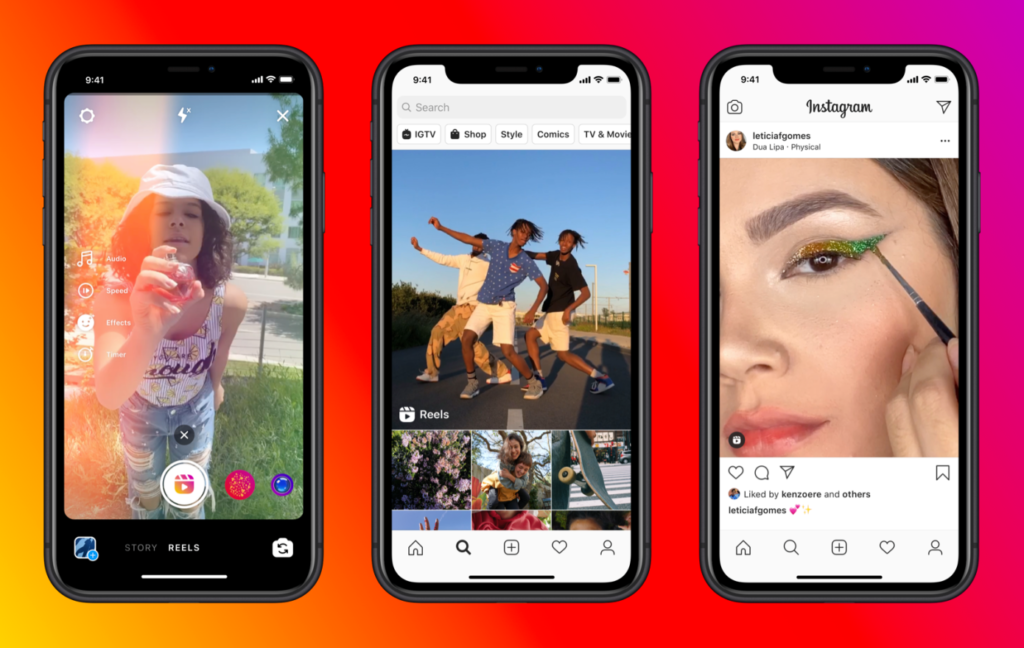
Source: Instagram
The beauty of this experimental and quick-turn approach is that some features are an overnight, industry-defining success, while others (such as the chat sticker) are quietly shelved after a few months of minimal usage.
It’s this dynamic flexibility that has arguably made Instagram Stories so widely adopted — and something that latecomers to the stories party should pay close attention to if they want to see the same level of success.
ICYMI: Twitter is testing a new stories feature called “Fleets.” Find out everything you need to know in this blog post!
What Does the Future Hold for Stories?
The short answer? No one really knows.
But based on what we’ve seen over the last 5 years, it’s a safe bet to say that stories are only going to grow in popularity and prominence across all social media platforms.
Instagram Stories are already the staple diet for Millennials and Gen Z users, and the shift in how younger people feel comfortable sharing and consuming content is hard to ignore.
LinkedIn’s Senior Director of Product Management, Pete Davies, explained why networks need to have a stories-first mindset if they want to cater to younger audiences.
“There’s an entire generation growing up with stories as a way of speaking; they’re more comfortable starting conversations with a full-screen ephemeral format than posting updates,” he said.
“[They] prefer sharing content that lives as a moment in time rather than as an item in a feed.”
With this in mind, it wouldn’t be hard to imagine all social platforms re-jigging their in-app experiences to give prominence to stories over the next few years.
Meanwhile, as Instagram continues to rapidly evolve their e-commerce offering with Checkout and Shopping from Creators, we can likely expect to see more e-commerce opportunities shaping the Instagram Stories experience too.
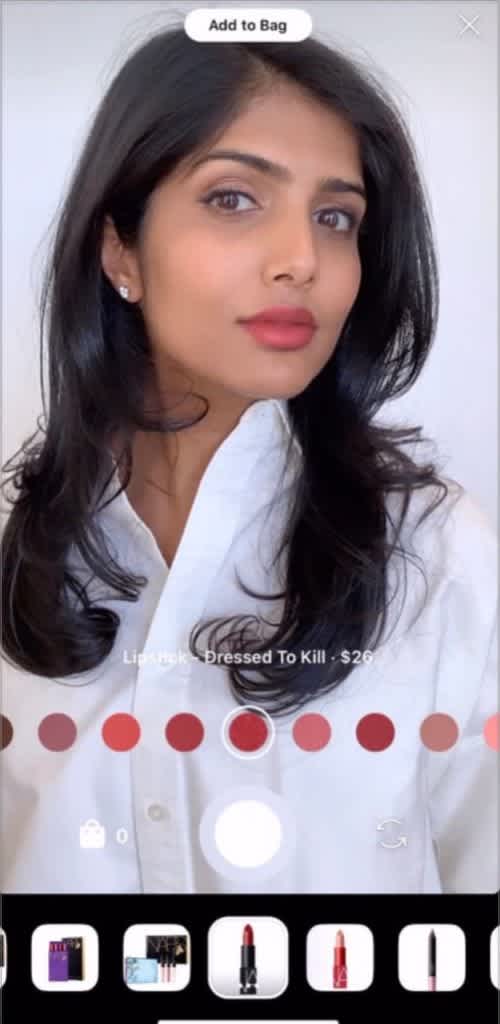
There’s a clear monetary incentive for Instagram to encourage as many product sales with Checkout as possible, while the interactivity of Instagram Stories makes it an obvious choice for fully integrated, sales-driving features.
So if you’re not taking your stories strategy seriously, now is time to get started.
What do you think the future of stories will be? Join the conversation over on Later’s Instagram channel!
Looking to optimize your Instagram Stories strategy this year? Take our free 45-minute Instagram Stories course to learn how to design beautiful stories and capitalize on all the latest features.
Like This Post? Pin It! ????

